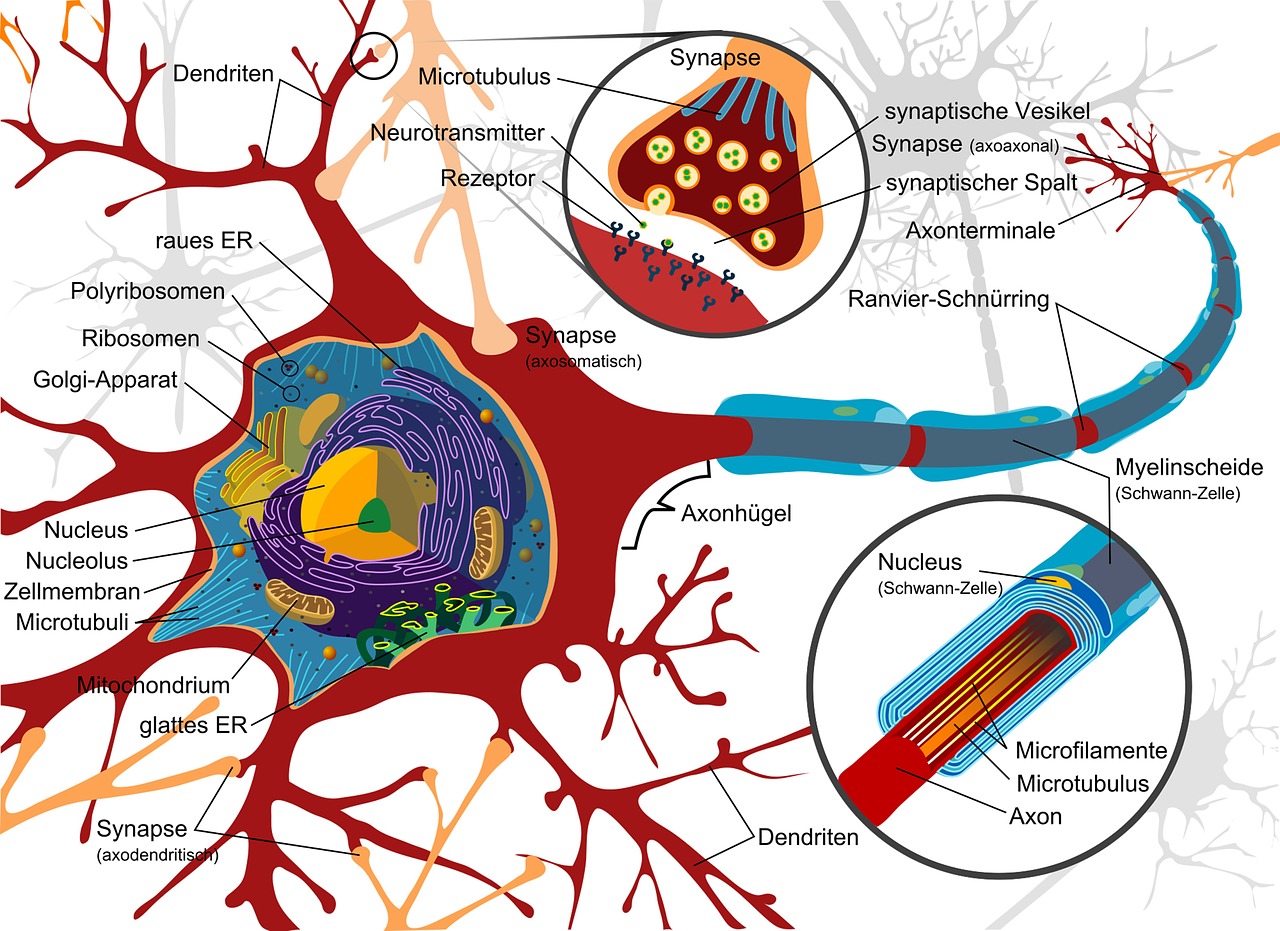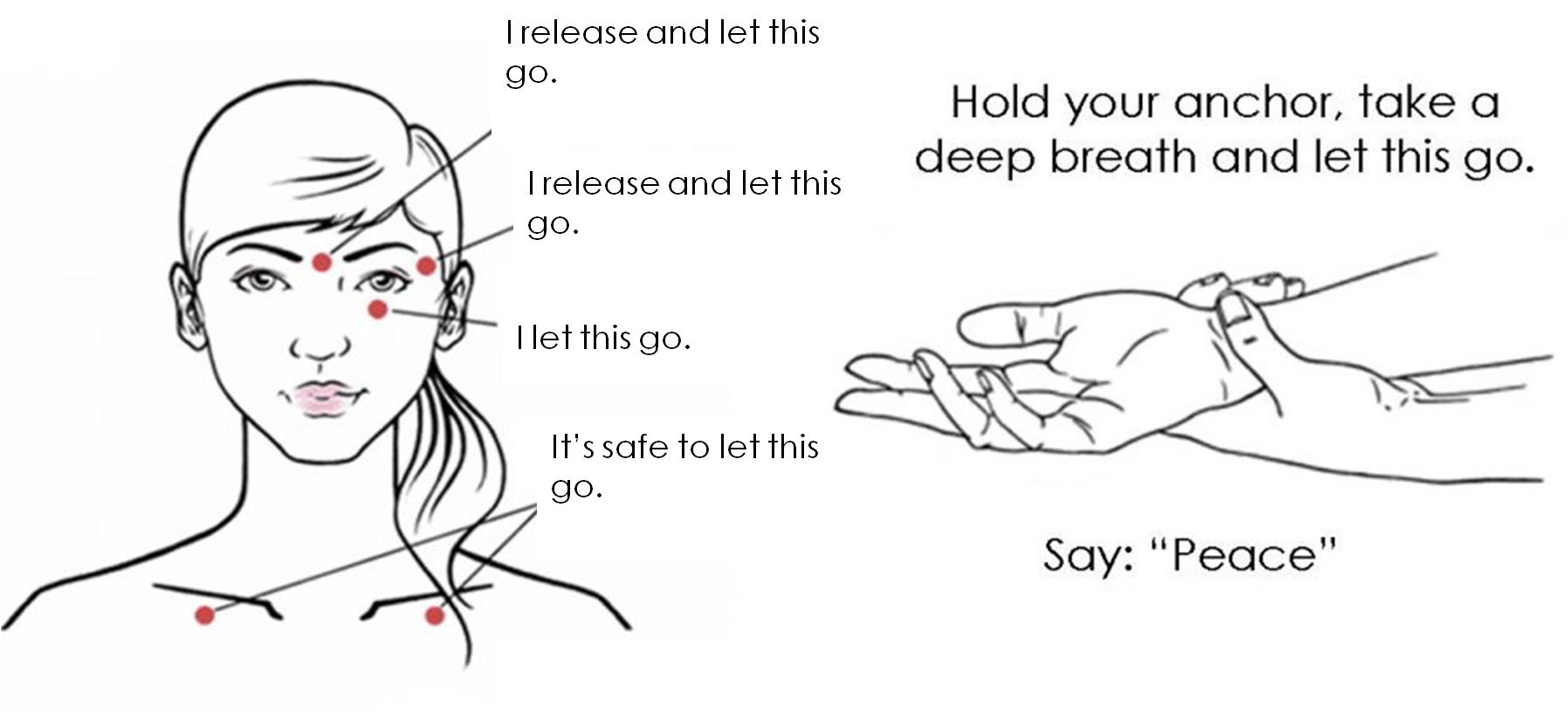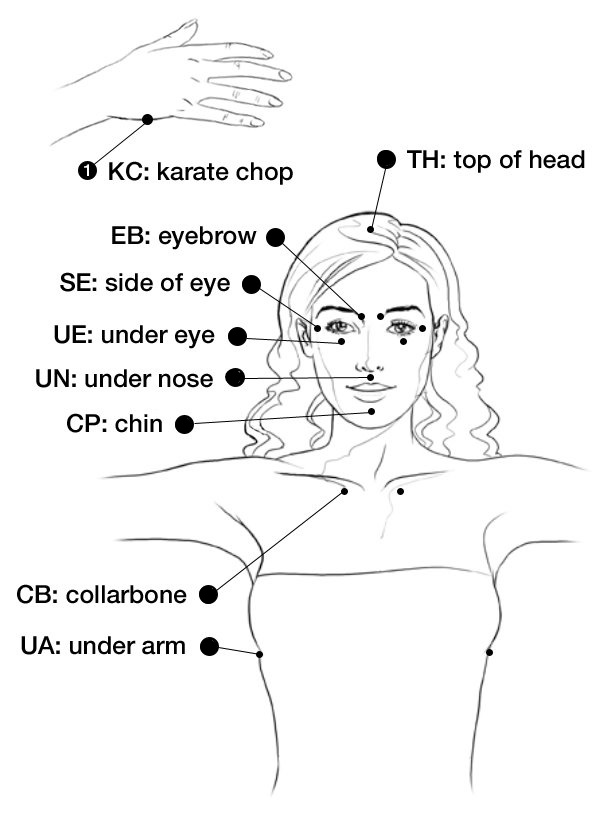Rewire Your Brain for Happiness in Two Easy Steps

Have you ever noticed a voice in your head? The one that says: “I’m not good enough” “Nothing ever works out for me” “No one loves me” “My body sucks” “People cannot be trusted” “Bad things always happen to me” etc, etc, etc.
Congratulations! If you’ve noticed The Voice, you are actually ahead of the game!
The Voice in your head was not there when you were born. It developed over years of being immersed in messages from well-meaning (and often misguided) parents, relatives, teachers, religious institutions, media and other influences in our formative years.
That Voice is not you. It is not who you are.
When you think a thought over and over, it creates a pattern of thought. Often those thoughts create unwanted emotional states and overtime you might even believe those thoughts to be who you are.
Most importantly, anytime you become aware of old habituated thought patterns, you become the observer of your thoughts, feelings and behaviors. Therefore you are no longer the old self, and when the unconscious becomes conscious change begins to take place.
Just like a child watching clouds in the sky knows that s/he is not the clouds, you become aware that you are not your thoughts.
You are the witness of your thoughts.

The hardest thing about change is not making the same choices we made the day before, according to Dr. Joe Dizpenza, New York Times bestselling author, neuroscience and quantum physics researcher, chiropractor and lecturer. The biological model of change, he says, requires unlearning and relearning.
“If you always do
what you’ve always done,
you’ll always get
what you’ve always got.”*
*Quote variously attributed to Albert Einstein, Henry Ford and Anthony Robbins
The good news is that you can actually rewire your brain. Our magnificent brain is always changing… for the rest of our lives, even after brain injury.
The brain’s amazing capacity to change and adapt is called neuroplasticity. Our brain is constantly wiring and rewiring itself. We can intentionally create those changes by deciding where we put our attention and intention thru Self-Directed Neuroplasticity.
You can use your conscious mind to actively rewire your brain.
“What flows thru the mind, sculpts the brain.”
-Neuropsychologist Dr Rick Hanson
Every time we have a thought, neurons (nerve cells) fire and connect with other neurons thru connections called synapses creating a neural pathway. These pathways are like a superhighway and when we have the same thought over and over again, the pathways become more solid.
It’s Not You, It’s Your Brain!

As soon as you start to feel the anxiety or disruptive thoughts that are taking you down the same road, you can put up a roadblock to direct the brain into taking a detour.
Since “neurons that fire together wire together” when we interrupt a thought pattern, we allow those neurons to make friends with different neurons and create a new pathway.
Interrupting thoughts, feelings and behaviors in a way that accesses the parasympathetic nervous system (the relaxation response) creates a roadblock to help rewire your brain therefore creating new patterns of thoughts, feelings and behaviors.
This is the road to freedom!

TOOLS TO REWIRE YOUR BRAIN
STEP ONE: Create a Roadblock that Interrupts the Pattern
Access a feeling or craving and give it a number from 1 to 10 to assess the intensity. Then practice a few of these techniques until you find the ones that work best for you. You want to aim at lowering the intensity between 0-2.
- Create a Kinesthetic Anchor: think of something that makes you feel peaceful and safe, immerse yourself in those feelings of peace, safety and joy. When you feel yourself totally relaxing into those feelings, grab one wrist with the opposite hand, take a deep breath in, exhale slowly, and say Peace. Repeat as needed. You can hold your anchor in a discrete way if you are in a meeting or with someone challenging…

- Tapping Meridians – This is a short form of EFT. Gently tap on the points shown in the illustration while saying “I release and let this go” – deep breath in, deep breath out – grab wrist (kinesthetic anchor on #1) and say Peace. My clients are finding this simple technique highly effective. Once you become familiar with the tapping sequence, feel free to add other statements as you continue to tap.

Below is a longer tapping sequence beginning with a set-up statement on the karate chop spot as developed by Gary Craig.

- Using Your Breath to Hack Your Nervous System for Peace & Health – this is my favorite breathing practice. I use it to put myself back to sleep when my mind is busy and many other times throughout the day. I teach it to all my clients with excellent results. Read more and watch a short video HERE
- Peripheral Vision – a quick way to access the relaxation response and interrupt internal dialog. Find a visual focal point in front of you and without moving your eyes, slowly begin to expand your peripheral visual field to include all the space around the spot. Become aware of the ceiling, the floor, the right and left of your visual focal point, of the edges of your visual field and the expanding space around you. Reach out peripherally as if you could reach for the space behind you. Come back to center and notice what you notice.
- HeartMath Heart Center Breathing – bring your awareness to your heart and imagine breathing deeply in and out of your heart. You can bring to mind the face of a person you love. Imagine your heart radiating love thru your whole system. By doing this exercise you create a state of coherence in about 60 seconds, releasing stress and stopping draining emotions such as frustration, irritation, anxiety and anger. When you are in a coherent state, your thoughts and emotions are balanced and you experience ease and inner harmony. The Quick Coherence® Technique for Adults The Quick Coherence Technique® for Ages 12-18 Children: Ages 2-6
- Use a Code Word Like “Stop”, “Change”, “Nope” to talk back to the voices in the head. This usually makes me smile, which brings me to the next tool…
- Laugh! – Laughter releases neurotransmitters (chemical substances) that stimulate our brains and nervous system to make positive changes in our bodies and minds.
Step One works on its own, but if you want to take it a step further do Step Two.

STEP TWO: Mental Rehearsal to Program What You Want Instead
After you settle your system using one or more of the practices on Step One, ask yourself:
How Do I Want to Feel Instead?
Who do I want to be in this moment? in this situation?
Talk yourself into that state: What is it like when I feel ____?
It Works When You Work It!
I use these techniques on a daily basis as I practice rewiring my brain for Inner Peace, Joy and Health. The practice of Self-Directed Neuroplasticity is changing my life and the lives of my clients. One of my clients recently exclaimed “Wow, this is tooo easy!!! I feel great!” after using the tapping and kinesthetic anchor just once to remove the charge of a disturbing thought.
Change requires intention, determination, practice and access to effective tools. If you would like support on your journey to peace, joy and wholeness, please contact me for a free consultation to explore how we may work together.
YOU CAN USE YOUR MIND
TO CHANGE YOUR BRAIN
TO CHANGE YOUR MIND
To benefit yourself and other beings.
~Neuropsychologist Dr Rick Hanson
Note: If you are curious about learning more tools, I recommend The Anti-Anxiety Toolkit: Rapid techniques to rewire the brain, by Melissa Tiers. Some of the tools I share in this post are expanded in her book.
